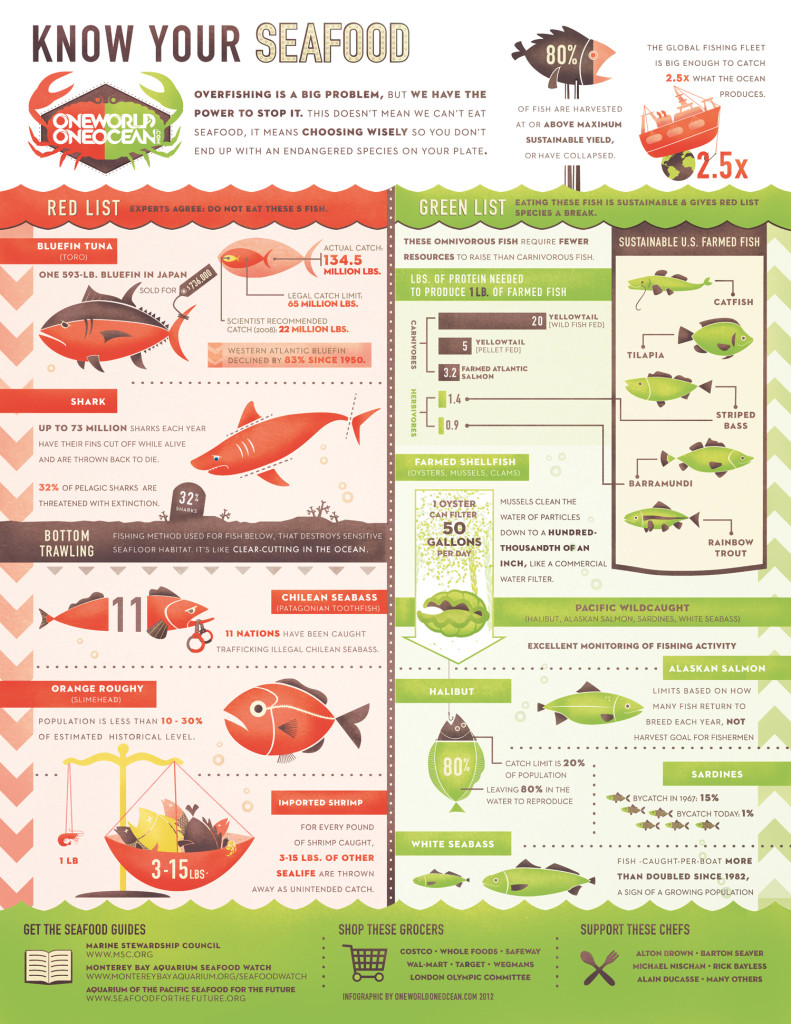 I am proud of the way the Women’s March in D.C. was planned and executed. It was thrilling and invigorating to be with the droves of people who wanted their voice to be heard. I chatted with folks from North Carolina, Maine, and even Nevada. It was peaceful, fun, and loud at times. It made my feet hurt but I didn’t notice. I was joyful to be a part of it. I was there vibrant and strong with a chanting voice for equal rights for all those in this great country.
I am proud of the way the Women’s March in D.C. was planned and executed. It was thrilling and invigorating to be with the droves of people who wanted their voice to be heard. I chatted with folks from North Carolina, Maine, and even Nevada. It was peaceful, fun, and loud at times. It made my feet hurt but I didn’t notice. I was joyful to be a part of it. I was there vibrant and strong with a chanting voice for equal rights for all those in this great country.
And, as a marine science enthusiast/ocean conservationist I was VERY hyped to many signs reminding the new administration of the reality of science and climate change. There will be more to come in posts this year urging for action for climate change. Maybe not a shout out to the federal government but for more grassroots changes. If there is one lesson learned from 2016 it’s that everyone should make more conscious choices in our daily actions – what we believe, read, share on social media to what we eat matters! For now here is a short film on some highlights from the day. Please share your favorite march moments below!










What people are saying …